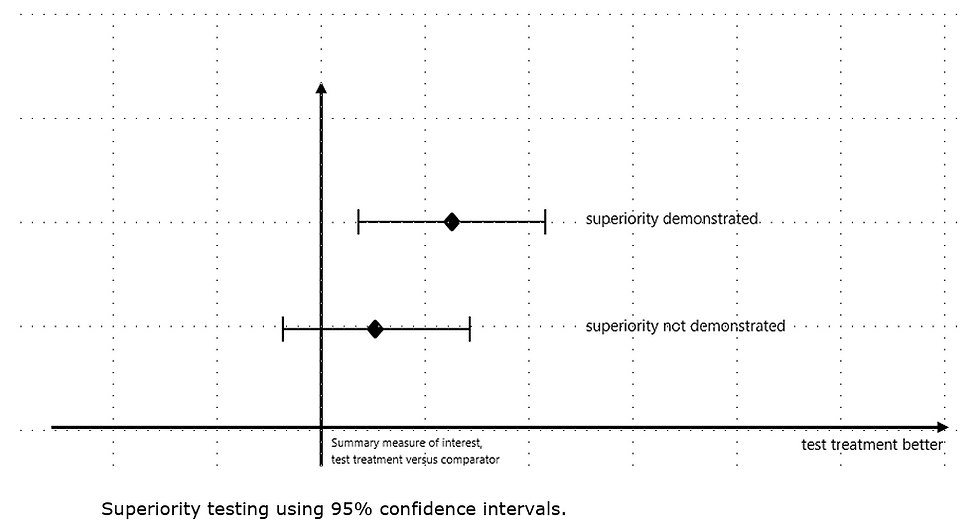EMA Publishes First EU eCTD v4.0 Validation Criteria and Updated Controlled Vocabularies
- Sharan Murugan

- Aug 10
- 2 min read
In 1st & 8th August 2025, the European Medicines Agency (EMA) announced two major milestones in the transition to electronic Common Technical Document (eCTD) version 4.0 — a format that will reshape how regulatory dossiers are prepared, validated, and submitted in the EU.

The electronic Common Technical Document (eCTD) is the global standard for submitting regulatory dossiers for medicines to health authorities. It provides a structured, electronic format for presenting quality, safety, and efficacy data — making review and lifecycle management more efficient.
For over a decade, eCTD v3.2.2 has been the norm in the EU, but as regulatory science, data standards, and global harmonisation efforts evolve, a major upgrade is on the horizon: eCTD v4.0.
This new version introduces:
Improved data exchange through an HL7 RPS (Regulated Product Submission)–based architecture.
More flexibility for lifecycle management of regulatory submissions.
Enhanced granularity in metadata and document linking.
Better alignment across ICH regions, reducing duplication for multi-country submissions.
The EMA eCTD team, together with EU eCTD v4.0 Subject Matter Experts (SMEs), published the draft EU eCTD v4.0 validation criteria (version 1).
Key Points:
Built on experience: Combines existing rules from eCTD v3.2.2 (adapted to v4.0 where necessary) with new rules from the eCTD v4.0 specification.
Schema-based checks: Includes rules related to mandatory elements, attributes, and structure required by the new technical standard.
Initial focus on CAPs: The current list applies to Centrally Authorised Products (CAPs) only, with future updates planned for MRPs, DCPs, and NAPs.
ICH alignment: Complements the latest ICH eCTD v4.0 validation criteria, ensuring global harmonisation.
Industry Action:
Vendors should begin integrating these rules into validation tools immediately.
The optional use of eCTD v4.0 for CAPs is planned for late Q4 2025, subject to successful technical pilot results.
Stakeholders can submit feedback to ectd4consultation@ema.europa.eu.
A week later, EMA released EU eCTD v4.0 Controlled Vocabularies v2 in Excel (.xlsx) format.
What’s New in v2:
Introduction of a new OID for the Implementation Guide (version 1.3).
Minor terminology updates, clearly marked as “new/updated” in the file.
The Genericode (.xml) format will be published soon.
Why It Matters:
Controlled vocabularies ensure that terminology, identifiers, and classification used in submissions are standardised, enabling seamless regulatory review and automated data processing.
Practical Impact
Transition Readiness:Both releases are targeted at equipping pharmaceutical companies, regulatory affairs specialists, and IT vendors for the migration to eCTD v4.0.
Pilot and Go-Live:
CAPs are the initial scope; rollout for other procedure types will follow.
Exact dates for optional and mandatory use will be published after the ongoing pilot is evaluated in Q4 2025.
Continuous Update:Both validation criteria and vocabularies are living documents—expect iterative updates as feedback is incorporated and as v4.0 becomes established.
🔗 For Full Details and Downloads
Visit the official eSubmission EMA Portal for the latest validation criteria, controlled vocabulary files, and implementation updates.



Comments